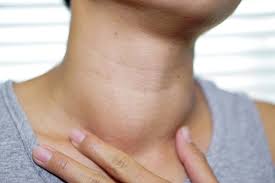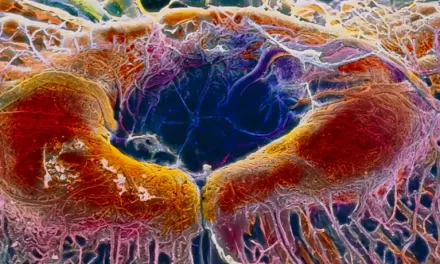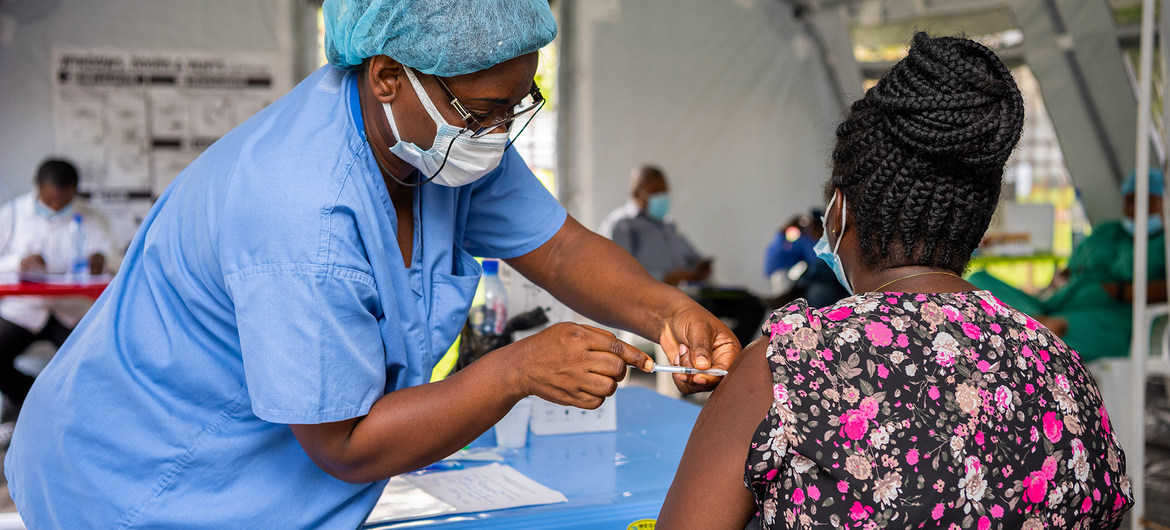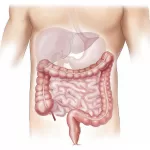India has completed its transition from iodine deficiency to iodine replete status. It is believed that iodine supplementation can cause a spurt in autoimmune thyroid dysfunction and hypothyroidism, by making the thyroid gland more susceptible to damage by the body’s own immune system. The prevalence of self-reported goiter or thyroid disorder in the National Family Health Survey IV [NFHS IV (2015-2016)] was 2.2%, while it was 2.9% in NFHS-V (2019-2021).
The NFHS IV (2015-2016) has reported that amongst individuals between the age 15-49 years, the self-reported prevalence of goiter or thyroid disorder was nearly 2% in females and less than 1% in males. Also, the reported prevalence increased with age in women (15-19 years: 0.7%; 20-34 years: 1.8%; 35-49 years: 3.4%). As per NFHS V, the details of States/UTs wise cases reported are given below.
As per the NFHS IV (2015-2016), amongst 6,99,686 women in their reproductive age groups (15-49 years), those in the highest quintile of wealth index had a three to a four-fold higher risk of having thyroid disorders. In addition, there was a graded increase in the risk of having thyroid disorders from poorest to richest.
The Union Minister of State for Health and Family Welfare, Dr. Bharati Pravin Pawar stated this in a written reply in the RajyaSabha today.
| Goitre or Thyroid Disorders | |
| STATE/UT | Number of Women per 100000 |
| Kerala | 8696 |
| Jammu and Kashmir | 6809 |
| Delhi NCT | 5926 |
| Telangana | 5763 |
| West Bengal | 5298 |
| Andhra Pradesh | 4551 |
| Tamil Nadu | 4076 |
| Himachal Pradesh | 3776 |
| Tripura | 3643 |
| Punjab | 3407 |
| Manipur | 2989 |
| Haryana | 2701 |
| Assam | 2642 |
| Goa | 2548 |
| Uttarakhand | 2411 |
| Sikkim | 2220 |
| Maharashtra | 2126 |
| Odisha | 2081 |
| Meghalaya | 1988 |
| Karnataka | 1969 |
| Bihar | 1705 |
| Jharkhand | 1697 |
| Rajasthan | 1310 |
| Uttar Pradesh | 1281 |
| Gujarat | 1151 |
| Madhya Pradesh | 1087 |
| Mizoram | 908 |
| Chhattisgarh | 903 |
| Arunachal Pradesh | 732 |
| Nagaland | 505 |












